Food waste is a major global issue that affects us all. According to the Food and Agriculture Organization (FAO), approximately one-third of all food produced globally is lost or wasted every year. This amounts to approximately 1.3 billion tons of food that is never consumed. This is a staggering amount of food that could have been used to feed the world's hungry or reduce the environmental impact of food production.
Causes of Food Waste
There are several causes of food waste, including consumer behavior, overproduction, poor inventory management, and lack of awareness.
Consumer behavior
Consumers play a significant role in food waste. For example, consumers often purchase more food than they need or let food expire before consuming it. Additionally, consumers may throw away food that is still edible due to aesthetic reasons or personal preferences.
Overproduction
Food overproduction is another significant cause of food waste. Farmers may overproduce food to ensure they have enough to sell or to account for possible losses during transportation or storage. This can result in food that is never sold and ultimately goes to waste.
Poor inventory management
Poor inventory management is also a cause of food waste. Retailers and restaurants may overstock their inventory, leading to excess food that goes unsold and ultimately gets thrown away.
Lack of awareness
Finally, a lack of awareness of the issue of food waste can lead to its continued prevalence. Many people may not be aware of the impact of food waste on the environment, economy, and society, leading to a lack of motivation to reduce waste.
Effects of Food Waste
The effects of food waste are far-reaching and include environmental, economic, and social impacts.
Environmental impact
Food waste has a significant environmental impact. When food is wasted, it rots in landfills, producing methane, a potent greenhouse gas that contributes to climate change. Additionally, food production requires large amounts of resources such as water, energy, and land. When food is wasted, these resources are also wasted, contributing to environmental degradation.
Economic impact
Food waste also has economic impacts. For example, food waste represents a loss of resources such as labor, water, and energy. Additionally, the cost of disposing of food waste is significant, and this cost is often borne by taxpayers.
Social impact
Food waste has social impacts, particularly in terms of hunger and food insecurity. When food is wasted, it represents a missed opportunity to feed people who are hungry. Additionally, the resources used to produce the wasted food could have been used to address food insecurity.
Solutions to Food Waste
Fortunately, there are solutions to reduce food waste. These solutions include reducing portion sizes, donating excess food, improving inventory management, and composting.
Reducing portion sizes
One solution to reduce food waste is to reduce portion sizes. This can be done by offering smaller portions or encouraging customers to take home leftovers.
Donating excess food
Another solution is to donate excess food to food banks or shelters. This can help feed those who are food insecure while reducing food waste.
Improving inventory management
Improving inventory management can also help reduce food waste. This can be achieved by optimizing ordering systems and reducing overstocking.
Composting
Composting can divert food waste from landfills and instead turn it into nutrient-rich soil for gardening and agriculture.
Benefits of Reducing Food Waste
Reducing food waste has numerous benefits, including environmental, economic, and social benefits.
Environmental benefits
Reducing food waste can help reduce greenhouse gas emissions and conserve natural resources such as water and energy. Additionally, composting can help improve soil health and reduce the need for chemical fertilizers.
Economic benefits
Reducing food waste can also have economic benefits, such as reducing costs associated with disposing of food waste and increasing efficiency in food production.
Social benefits
Reducing food waste can have social benefits, such as reducing food insecurity and hunger and improving access to healthy food.
Food waste is a significant global issue that has far-reaching environmental, economic, and social impacts. However, there are solutions to reduce food waste, including reducing portion sizes, donating excess food, improving inventory management, and composting. By taking action to reduce food waste, we can help create a more sustainable and equitable food system.
FAQs
How can I reduce food waste in my home?
You can reduce food waste in your home by planning meals, purchasing only what you need, and properly storing food to prevent spoilage.
How can businesses reduce food waste?
Businesses can reduce food waste by improving inventory management, donating excess food, and composting.
What are the benefits of reducing food waste?
Benefits of reducing food waste include environmental benefits such as reducing greenhouse gas emissions and conserving natural resources, economic benefits such as reducing costs associated with disposing of food waste, and social benefits such as reducing food insecurity and improving access to healthy food.
How does food waste contribute to climate change?
Food waste contributes to climate change by producing methane, a potent greenhouse gas, when it rots in landfills.
What can I do with food scraps?
You can compost food scraps to create nutrient-rich soil for gardening and agriculture.



